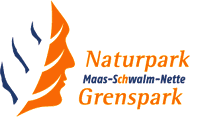Case Study
Natural Border Waters – A project for common water management in Germany and the Netherlands
Contact name
Silke Weich
Institution name
Maas-Swalm-Nette Nature Park
Region & country
Maas-Swalm-Nette Nature Park - Germany and the Netherlands
Summary
The river Maas is a transboundary water fed by streams and rivers from both sides of the Dutch-German border. In order to improve water quality and habitat for aquatic life in the Maas, changes in the tributary waters were needed. The Interreg IVa project “Natural Border Waters” brought together three Dutch and two German water syndicates in the region of Maas-Swalm-Nette Nature Park, collaborating to achieve better water quality in the catchment areas of Maas River. Several sub-projects, reaching from monitoring of water flow and quality via awareness raising among farmers through to renaturation of river courses were carried out.
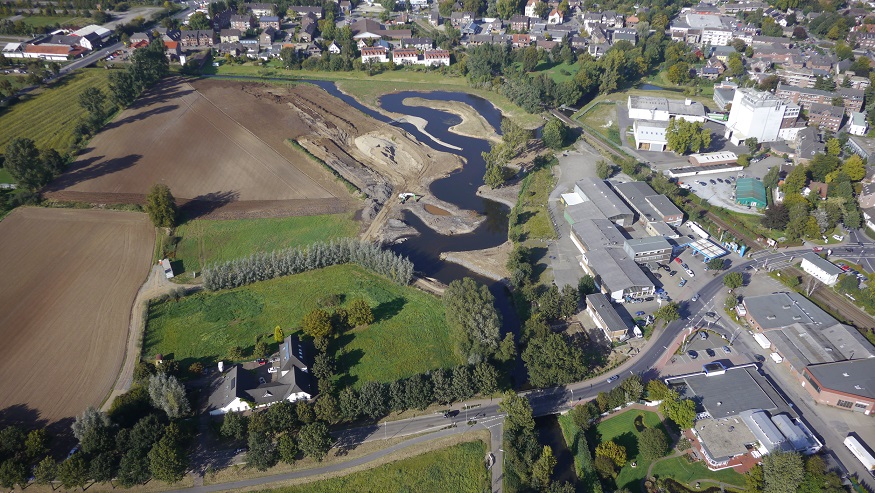
Renaturation Niers river
Photo by: Waterbord Niersverband
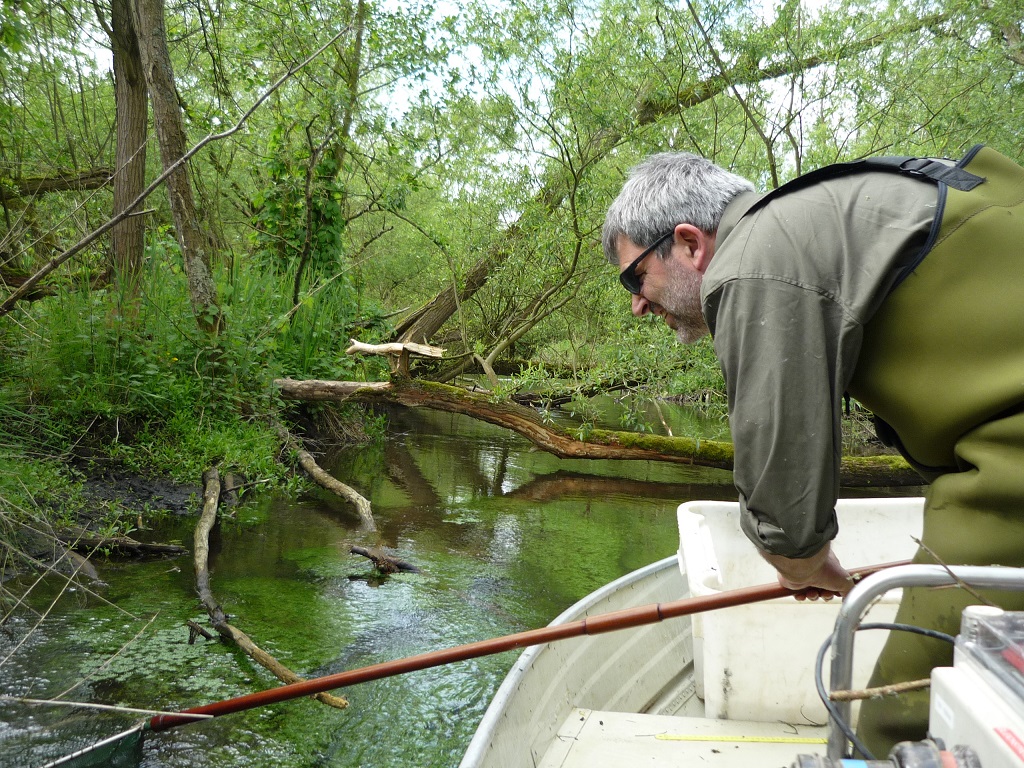
Fishmonitoring Swalm river
Photo by: Maas-Swalm-Nette Nature Park
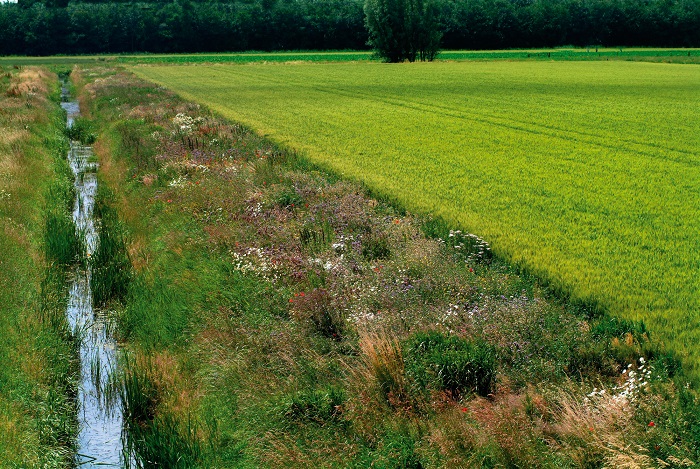
Biodiversity in agriculture
Photo by: Waterboard Rivierenland
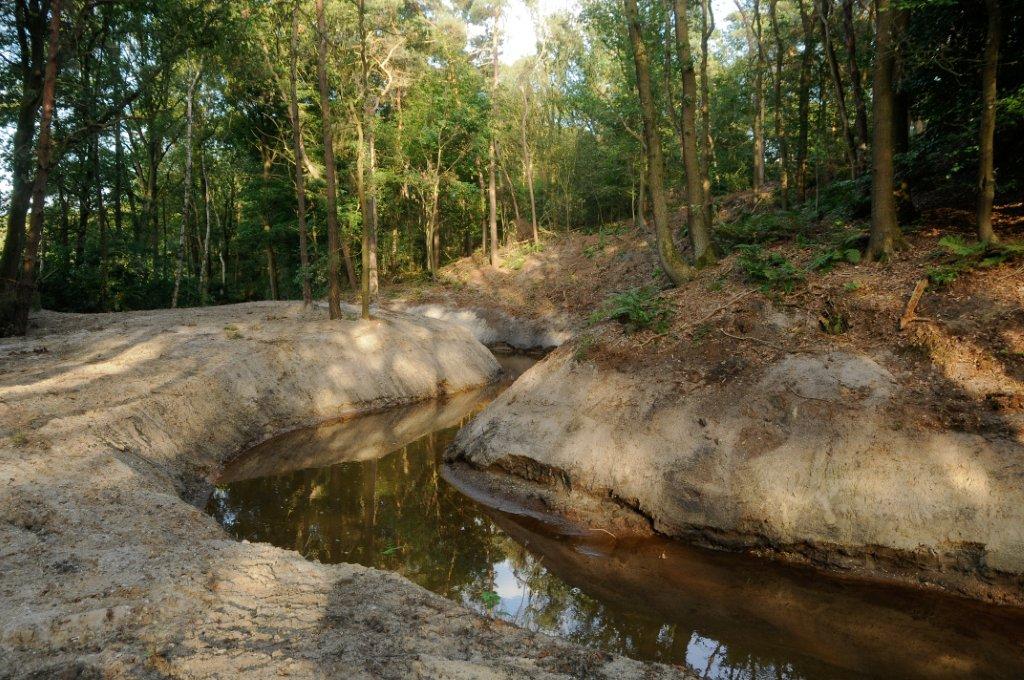
Restored creek Lingsforterbeek
Photo by: H. Heijligers
Background of the project
Dutch and German water syndicates had differing data e.g. on tributary and outflow of Maas River. No common statistics were available.
Water syndicates on both sides of the border needed to recognise the importance of European cooperation when it comes to water quality in the catchment area of Maas River. A growing need of information on coordination and implementation of restoration measures in transboundary waters became evident.
Solution and actions taken
An intensive cooperation between the Dutch water syndicates Aa and Maas, Peel and Maasvallei as well as Rivierenland with their German counterparts Niers and Swalm was initiated in order to improve the water quality and habitat for aquatic plants and animal in the streams and rivers in the Maas catchment area. A model of data gathering was developed that can be used by water syndicates on both sides of the border.
The following individual actions were taken:
- Building of fish ladders and ecological stepping-stones to ease the way for migratory fish and other aquatic species;
- Restoration of channels towards original water courses of streams and rivers;
- Extraction of pipes in order to restore natural stream estuaries;
- Cooperation with farmers for less contamination of water with fertilizer;
- Installation of common water measuring systems on both sides of the border.
Other institutions or parties involved
- Waterschap Aa en Maas, s-Hertogenbosch
- Niersverband, Viersen
- Waterschap Peel & Maasvallei, Venlo
- Schwalmverband, Brüggen
- Waterschap Rivierenland, Tiel
Results
The construction of fish ladders and ecological stepping-stones next to water mills and dams helped to create larger habitats for several fish species by easing migration. A common database on water flow and quality is available for water syndicates on both sides of the border and mutual exchange concerning cross-border water management takes place. Communication and collaboration with farmers have improved regarding water protection along streams and ditches.
Challenges
Different language, cultural approaches and legislation limitations on both sides of the border.
Lessons learned
- Water is an important cross-border issue that needs international cooperation;
- Authorities benefit from data exchange through enhancement of planning processes;
- It is just the beginning of necessary cooperation between Dutch and German water partners.
Other resources
-
Project video Nagrewa in Dutch
https://vimeo.com/31549976 -
Project video Nagrewa in German
https://vimeo.com/31590321
Contact name
Silke Weich
Institution name
Maas-Swalm-Nette Nature Park
Website(s)
